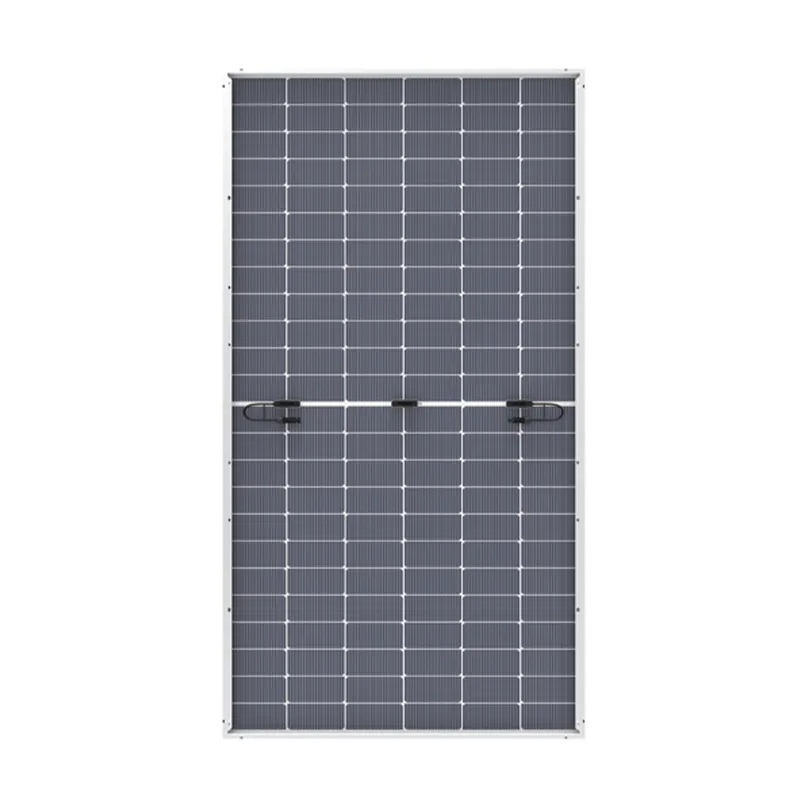Innovative Double-Sided Solar Technology for Efficient Energy Harvesting Solutions
The Promise and Potential of Double-Sided Solar Panels
As the world grapples with the pressing challenge of climate change and the urgent need to transition to renewable energy sources, innovations in solar technology are paving the way for a more sustainable future. Among these innovations, double-sided solar panels, also known as bifacial solar panels, are gaining significant attention for their potential to enhance energy efficiency and maximize land use.
Double-sided solar panels offer a distinct advantage over traditional single-sided panels by capturing sunlight from both the front and rear surfaces. This design allows them to harness solar energy not only from direct sunlight but also from the light that reflects off nearby surfaces, such as the ground or rooftops. As a result, bifacial panels can significantly boost energy production—potentially increasing the overall output by 10% to 30% compared to their single-sided counterparts.
The Promise and Potential of Double-Sided Solar Panels
The ecological footprint of solar energy is a vital consideration in today’s environment-aware market. Double-sided solar panels can lead to a more efficient use of land by maximizing energy output in a given area. For countries and regions with limited land space, this means that less land is needed to produce the same amount of energy. Such advancements support the notion that renewable energies can be integrated into various landscapes without compromising land for agricultural or natural areas.
double sided solar

Cost-effectiveness is another crucial factor driving the adoption of double-sided solar technology. Although the initial investment in bifacial panels can be higher compared to traditional panels, the increased energy yield can lead to a superior return on investment over time. As technological advancements continue to push down the costs of production and installation, the financial viability of bifacial panels is set to improve even further, making this technology accessible to a wider audience.
Moreover, the sustainability of bifacial solar technology aligns seamlessly with global goals related to carbon emissions reduction and energy transition. By encouraging the use of renewable energy sources, societies can decrease their reliance on fossil fuels and reduce greenhouse gas emissions. As countries strive to meet international climate agreements such as the Paris Accord, double-sided solar panels provide a compelling solution for generating clean energy that contributes to these goals.
Finally, the ongoing research and development in the field of double-sided solar technology indicate a bright future. With improvements in materials—such as the use of more efficient photovoltaic cells and transparent back sheets—bifacial panels are becoming increasingly efficient. Moreover, advancements in tracking technology that follows the sun’s path can complement bifacial systems, further increasing their energy output.
In conclusion, double-sided solar panels represent an exciting advancement in solar technology with the potential to revolutionize the energy landscape. Their ability to capture solar energy more effectively, coupled with their versatility and sustainability, makes them an attractive option for both residential and commercial applications. As we continue to innovate and optimize these technologies, double-sided solar panels may play a pivotal role in driving the world towards a cleaner, more sustainable energy future.
-
Unlocking Energy Freedom with the Off Grid Solar InverterNewsJun.06,2025
-
Unlock More Solar Power with a High-Efficiency Bifacial Solar PanelNewsJun.06,2025
-
Power Your Future with High-Efficiency Monocrystalline Solar PanelsNewsJun.06,2025
-
Next-Gen Solar Power Starts with Micro Solar InvertersNewsJun.06,2025
-
Harnessing Peak Efficiency with the On Grid Solar InverterNewsJun.06,2025
-
Discover Unmatched Efficiency with the Latest String Solar InverterNewsJun.06,2025







